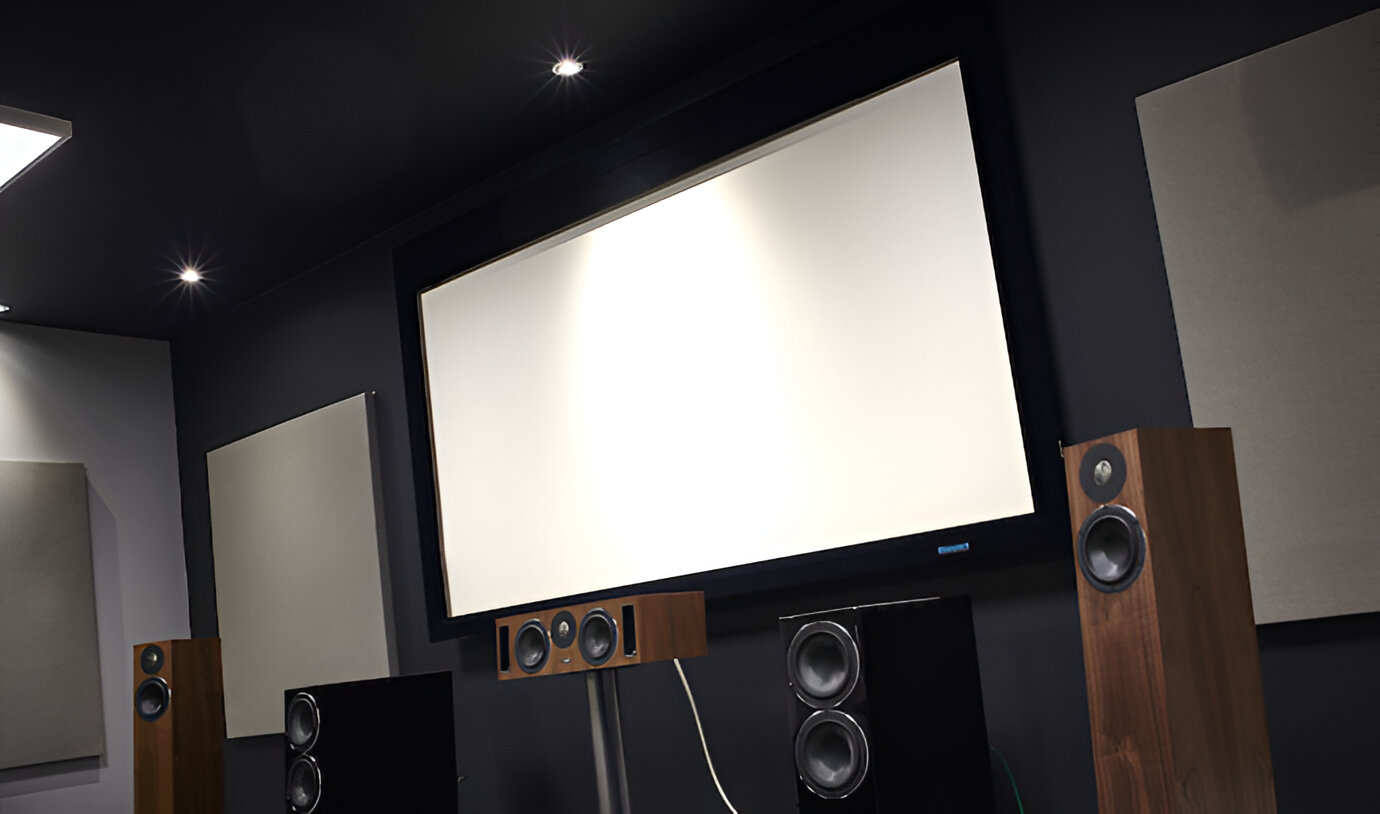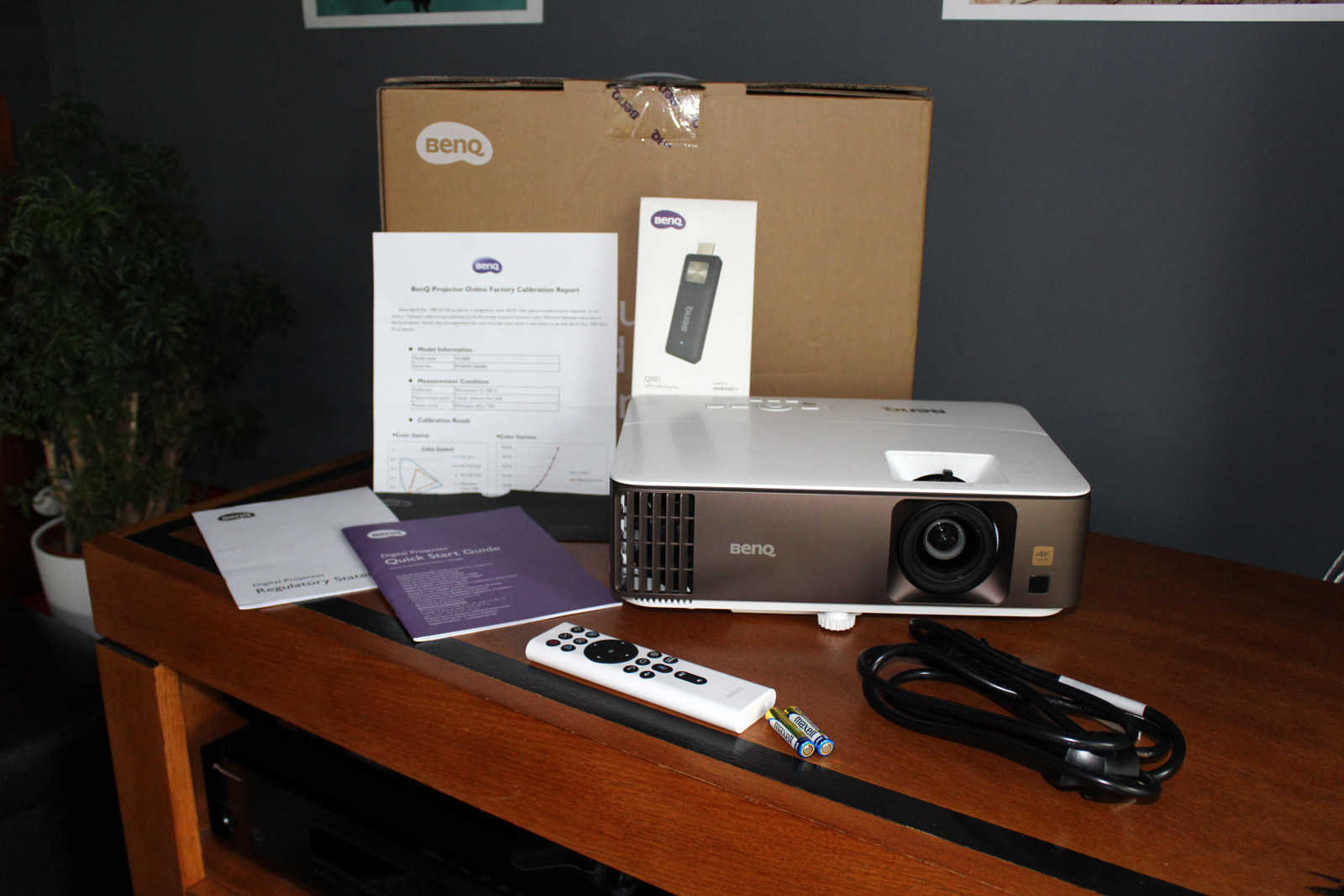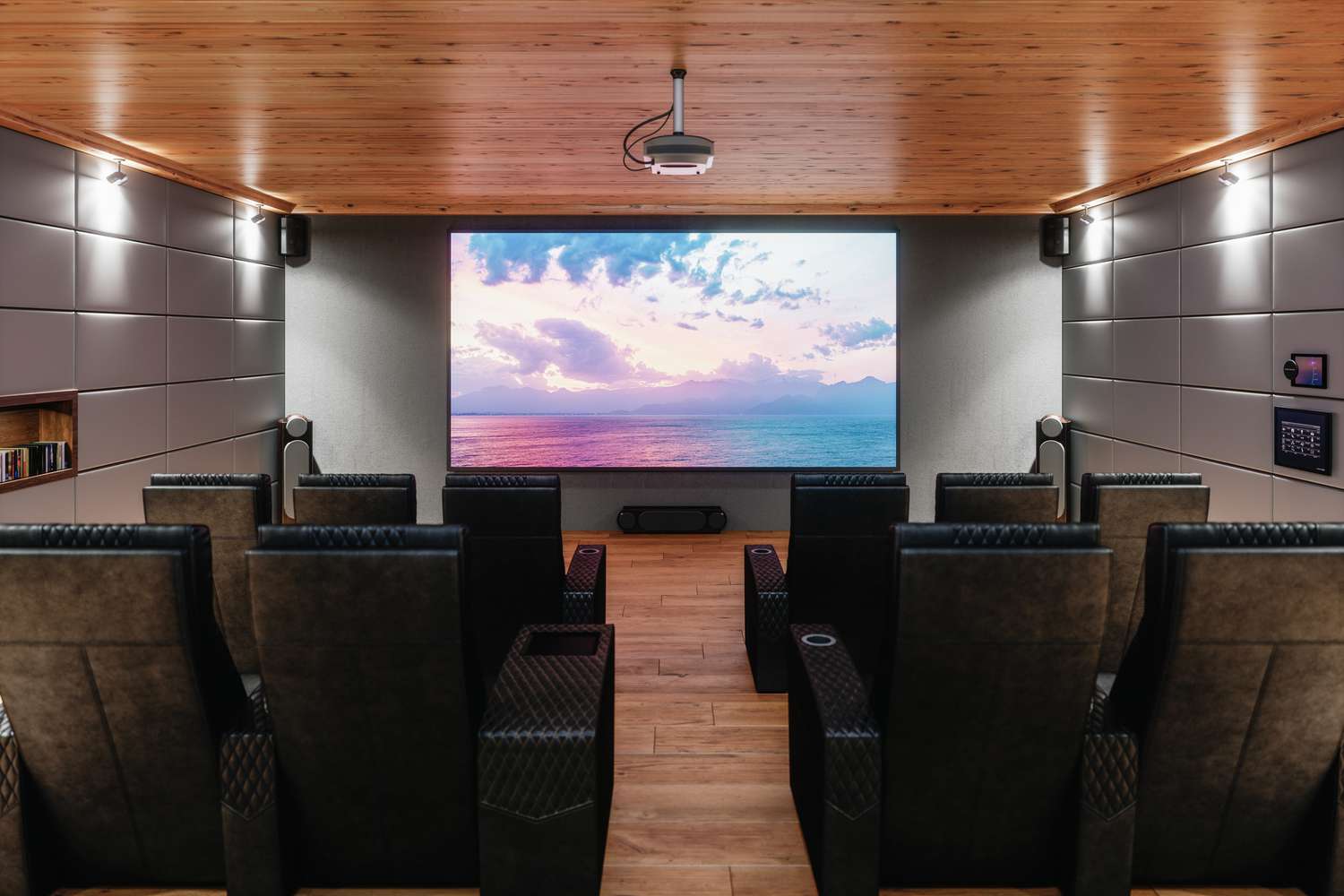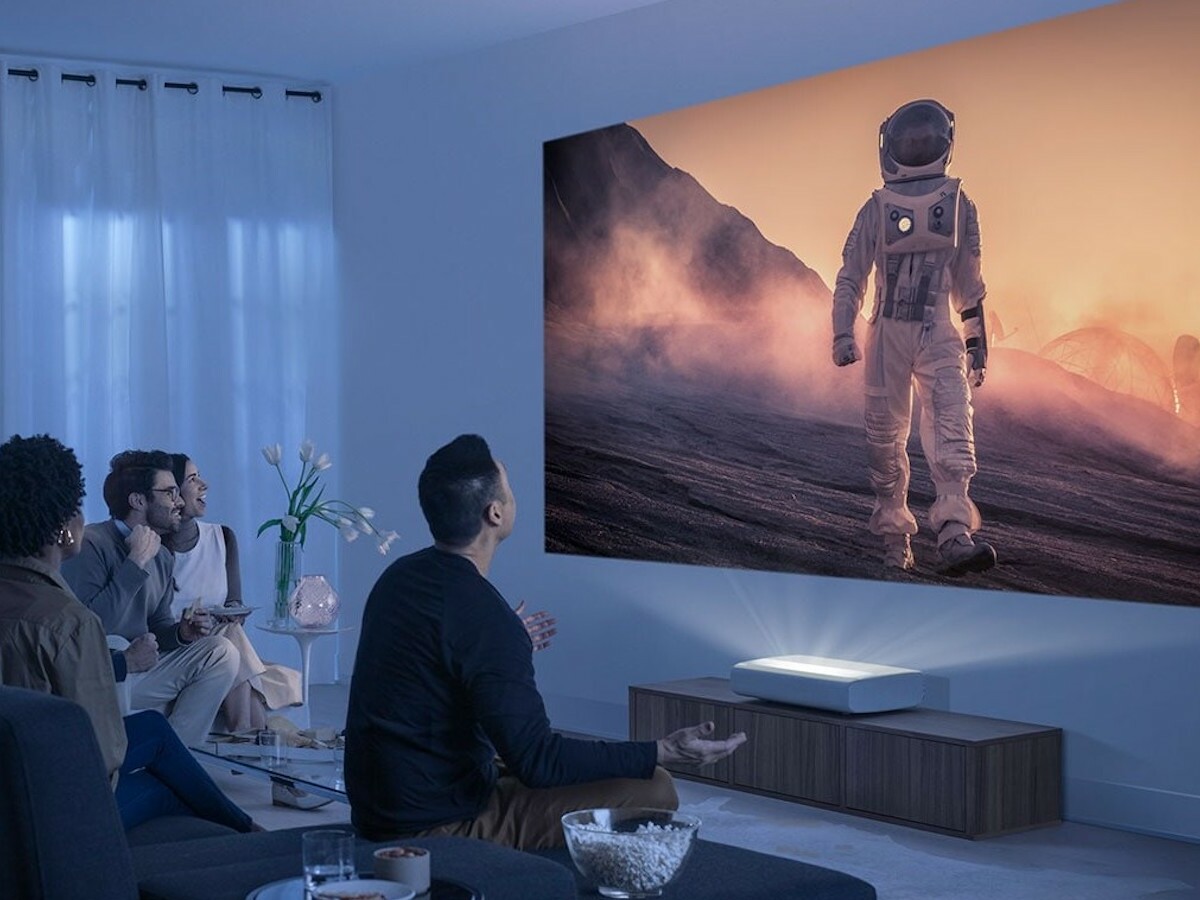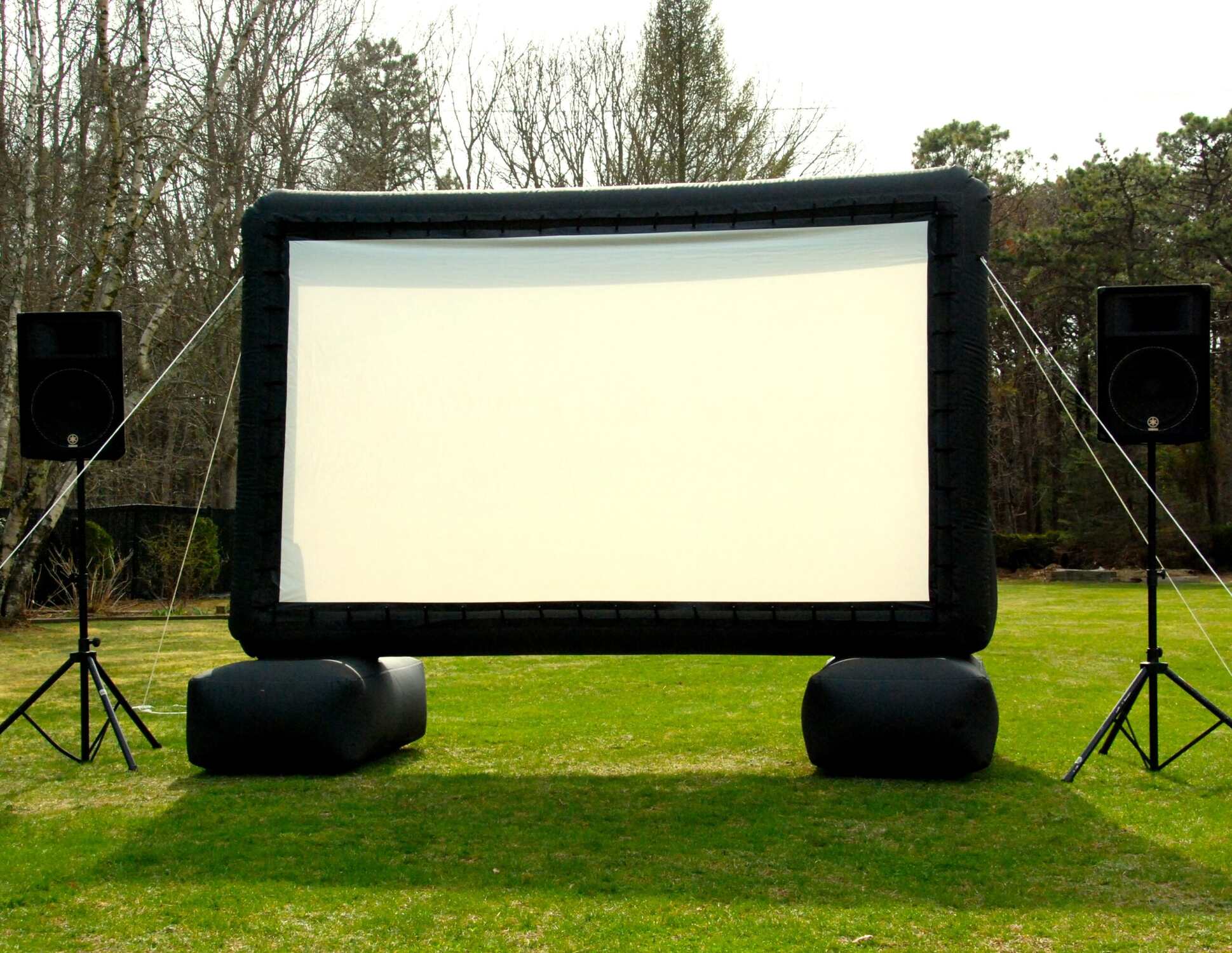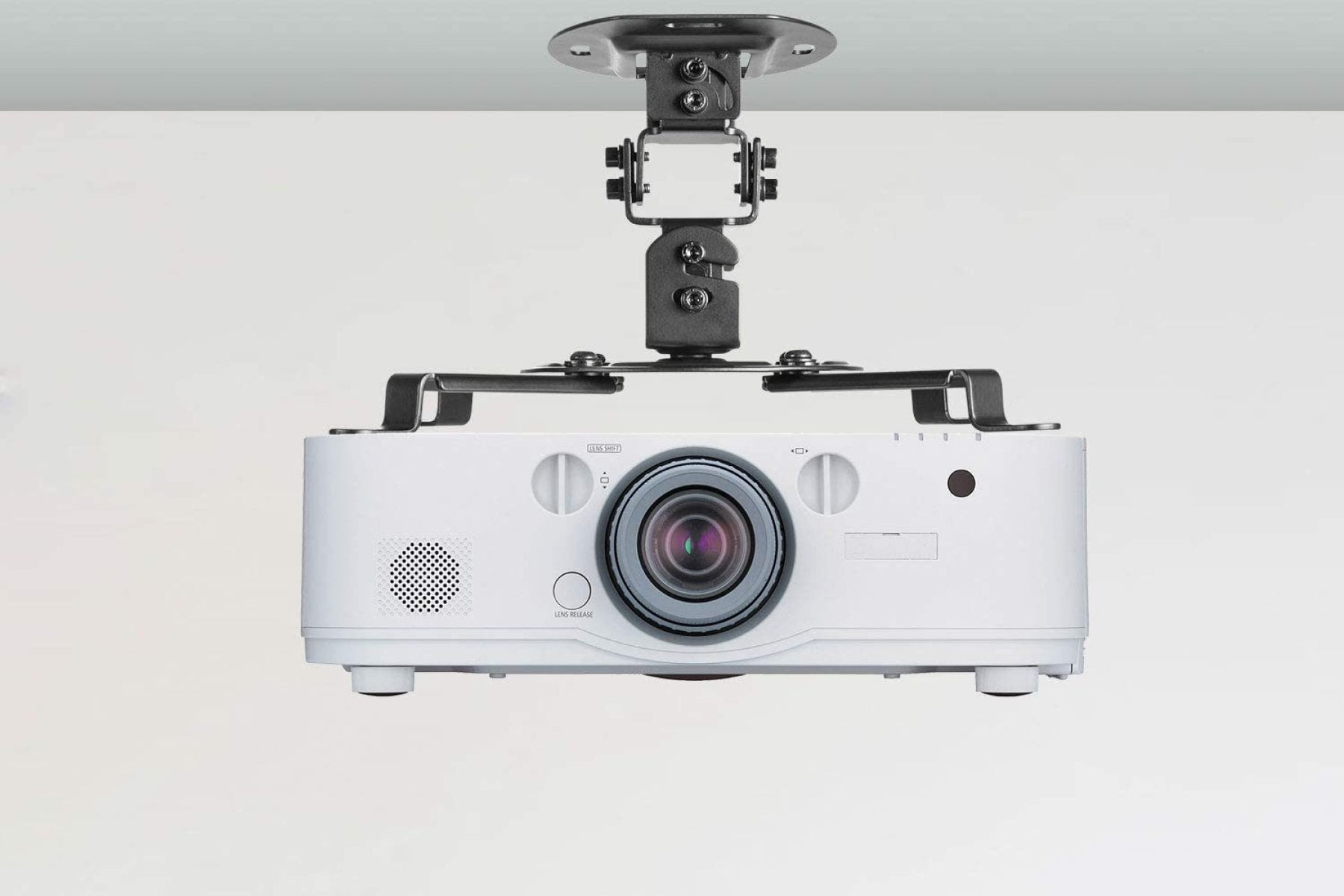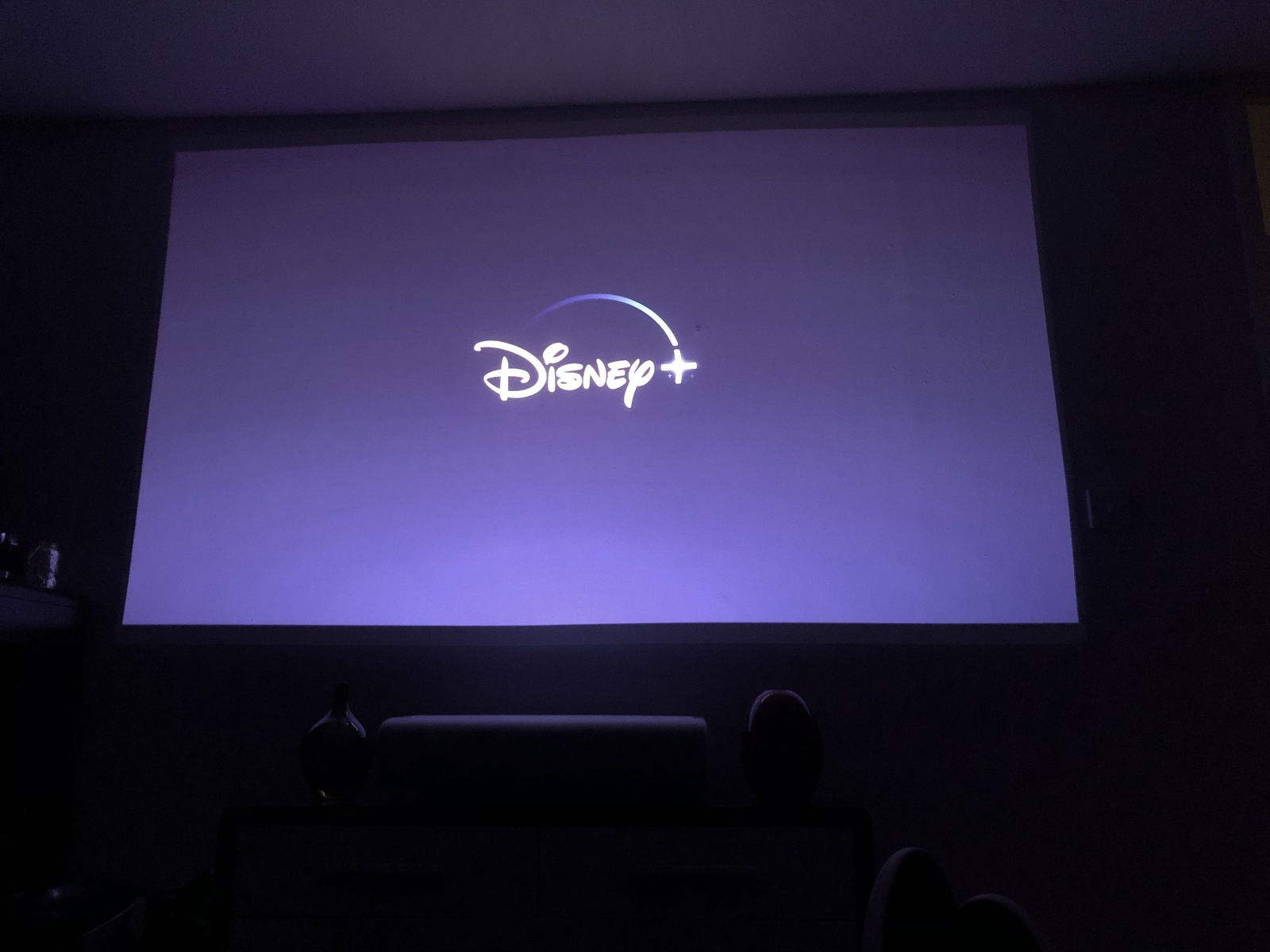Introduction
Introduction
So, you've decided to create the ultimate home theater experience, and you've got the projector all sorted out. Now, it's time to turn your attention to the projector screen. Choosing the right screen is essential for maximizing the visual impact of your home theater setup. With a myriad of options available, it's important to consider various factors to ensure that you select the perfect projector screen for your specific needs and space.
The projector screen serves as the canvas for your cinematic adventures, and just like choosing the right paint for a masterpiece, selecting the ideal screen is crucial for achieving the best viewing experience. From considering room size and layout to determining the screen size and material, there are several key factors to keep in mind when making this important decision.
In this guide, we'll explore the essential considerations for choosing a home theater projector screen, providing you with the knowledge and insights to make an informed decision. By the end of this journey, you'll be well-equipped to select a projector screen that complements your projector, enhances your viewing experience, and brings your home theater dreams to life. Let's dive in and discover how to pick the perfect home theater projector screen that will transform your space into a captivating cinematic haven.
Consider the Room Size and Layout
When choosing a home theater projector screen, the first step is to carefully consider the size and layout of the room where it will be installed. The dimensions of the room will significantly impact the viewing experience and dictate the ideal screen size and type.
Room Size:
Take into account the dimensions of the room to determine the available space for the screen. If the room is compact, a smaller screen may be more suitable to ensure that viewers can comfortably take in the entire visual field without strain. Conversely, in a larger room, a larger screen can create a more immersive viewing experience. Additionally, consider the distance between the screen and the seating area to ensure optimal viewing angles.
Room Layout:
Assess the layout of the room, including the placement of windows, doors, and other potential sources of ambient light. This evaluation will help in identifying the best location for the screen to minimize potential obstructions and optimize the viewing experience. Additionally, consider the wall or ceiling space available for mounting the screen, taking into account any architectural features or obstacles that may impact installation.
By carefully evaluating the room size and layout, you can make informed decisions about the appropriate screen size and placement to create a captivating home theater experience that seamlessly integrates with the spatial dynamics of the room.
Determine the Ideal Screen Size
Choosing the right screen size for your home theater projector is a crucial decision that directly impacts the viewing experience. The ideal screen size is influenced by factors such as the seating distance, room dimensions, and the desired level of immersion.
Seating Distance:
Consider the distance between the screen and the primary seating area. The Society of Motion Picture and Television Engineers (SMPTE) recommends that the horizontal viewing angle should be around 30 degrees for an immersive cinematic experience. Based on this guideline, you can calculate the optimal screen size by factoring in the viewing distance and the aspect ratio of the projector.
Room Dimensions:
The physical dimensions of the room play a significant role in determining the appropriate screen size. In a smaller room, a larger screen may overwhelm the space, while in a larger room, a smaller screen might not deliver the desired impact. Consider the available wall or ceiling space to ensure that the chosen screen size fits harmoniously within the room.
Level of Immersion:
Assess the level of immersion you wish to achieve. A larger screen can create a more encompassing and immersive viewing experience, while a smaller screen may be more suitable for a cozy and intimate setting. Additionally, consider the screen’s aspect ratio, which should complement the projector’s native aspect ratio to deliver a seamless and visually stunning presentation.
By carefully evaluating the seating distance, room dimensions, and desired level of immersion, you can determine the ideal screen size that will elevate your home theater experience to new heights, captivating audiences and bringing cinematic magic to life within your own space.
Choose the Right Screen Material
When selecting a home theater projector screen, the choice of screen material significantly impacts the visual quality, color accuracy, and overall viewing experience. Different screen materials offer unique characteristics that cater to specific projection setups and environmental conditions.
Gain and Reflectivity:
Consider the screen’s gain, which refers to its ability to reflect light. High-gain screens are designed to reflect more light in a concentrated manner, resulting in increased brightness and vibrant images, making them suitable for spaces with ambient light. On the other hand, low-gain screens provide a wider viewing angle and are ideal for dedicated home theater rooms with controlled lighting.
Color Accuracy and Uniformity:
Assess the screen material’s ability to preserve color accuracy and uniformity across the entire viewing surface. High-quality screen materials maintain color fidelity and brightness consistency, ensuring that the projected images are faithful to the source and free from distortions or hotspots.
Ambient Light Rejection:
For spaces with ambient light, consider screen materials with ambient light rejection properties. These specialized materials are engineered to mitigate the impact of ambient light, preserving image contrast and clarity even in brightly lit environments, thus enhancing the overall viewing experience.
Acoustic Transparency:
In scenarios where the speakers are positioned behind the screen, opt for acoustically transparent screen materials. These materials allow sound to pass through the screen, ensuring that the audio remains clear and unobstructed while maintaining a seamless visual presentation.
By carefully considering the gain, reflectivity, color accuracy, ambient light rejection, and acoustic transparency of different screen materials, you can select the ideal option that aligns with your specific projection setup and ensures an immersive and visually captivating home theater experience.
Select the Type of Screen (Fixed, Motorized, or Manual)
Choosing the right type of screen for your home theater projector is essential to ensure seamless operation, convenient usage, and an aesthetically pleasing setup. The three primary types of projector screens—fixed, motorized, and manual—offer distinct features and functionalities to cater to diverse preferences and requirements.
Fixed Screens:
Fixed screens are permanently mounted to a wall or a frame, providing a sleek and professional appearance. They offer a consistently flat surface for optimal image quality and are ideal for dedicated home theater rooms where a permanent and seamless screen solution is desired. Fixed screens are available in various designs, including acoustically transparent options, catering to different audio setup configurations.
Motorized Screens:
Motorized screens feature an electric mechanism that allows for remote-controlled operation, enabling the screen to retract into a casing when not in use. These screens offer a convenient and space-saving solution, making them suitable for multipurpose media rooms or spaces where a hidden screen is preferred. Motorized screens are available in ceiling-recessed, ceiling-mounted, or wall-mounted configurations, providing flexibility in installation options.
Manual Screens:
Manual screens are operated by manually pulling down the screen surface and securing it in place. They offer a cost-effective and straightforward solution for home theater setups, making them suitable for spaces with budget constraints or where automated features are not essential. Manual screens are available in various aspect ratios and screen materials, offering versatility in customization.
By evaluating the specific requirements, usage patterns, and design preferences for your home theater space, you can select the most suitable type of screen—fixed, motorized, or manual—that aligns with your vision for a seamless and captivating viewing experience.
Factor in Ambient Light Conditions
Considering ambient light conditions is crucial when selecting a home theater projector screen, as it directly impacts the visual performance and overall viewing experience. Understanding how ambient light affects image quality and contrast will guide you in choosing the most suitable screen to optimize the viewing experience in your specific environment.
Ambient Light Impact:
Assess the level of ambient light in the room where the projector screen will be installed. Spaces with abundant natural or artificial light sources, such as windows, lamps, or overhead lighting, require screens with enhanced ambient light rejection properties to maintain image clarity and contrast. In contrast, dedicated home theater rooms with controlled lighting may benefit from screens optimized for light-controlled environments.
Screen Reflectivity:
Consider the screen’s reflectivity and gain characteristics in relation to ambient light. High-gain screens are designed to reflect more light, making them suitable for spaces with ambient light, while low-gain screens offer wider viewing angles and are ideal for light-controlled environments. Additionally, ambient light-rejecting screen materials are specifically engineered to mitigate the impact of ambient light, preserving image contrast and color accuracy.
Room Darkening Solutions:
If the home theater space is susceptible to ambient light intrusion, consider implementing room darkening solutions such as blackout curtains or blinds to control light levels during viewing sessions. This can complement the screen’s performance by minimizing external light interference and enhancing the overall viewing environment.
By carefully assessing the ambient light conditions in the home theater space and selecting a projector screen that addresses the specific lighting challenges, you can ensure an immersive and visually stunning viewing experience, regardless of the ambient light levels present in the room.
Budget Considerations
When embarking on the journey to select a home theater projector screen, budget considerations play a pivotal role in determining the most suitable option that aligns with your financial parameters while delivering an exceptional viewing experience. By carefully evaluating the available budget and exploring the diverse range of screen options, you can make an informed decision that balances cost-effectiveness with quality.
Screen Quality vs. Budget:
Assess the trade-off between screen quality and budget constraints. High-quality screens with advanced features such as ambient light rejection, acoustically transparent materials, and motorized mechanisms may command a higher price point. However, for those with budget limitations, there are cost-effective options that offer satisfactory visual performance and essential functionalities without compromising on the overall viewing experience.
Installation and Accessories:
Factor in the costs associated with screen installation, including mounting hardware, cables, and any additional accessories required for seamless integration into your home theater setup. Consider whether professional installation services are necessary and include these costs in the overall budget planning to ensure a smooth and hassle-free installation process.
Long-Term Investment:
View the selection of a projector screen as a long-term investment in your home entertainment space. While budget considerations are important, it’s essential to balance immediate cost considerations with the long-term benefits and durability of the chosen screen. Investing in a high-quality screen that aligns with your viewing preferences and room dynamics can enhance the overall value and enjoyment of your home theater setup over time.
By carefully evaluating your budget, exploring the available options, and considering the long-term value of the investment, you can select a projector screen that strikes the perfect balance between cost-effectiveness and visual excellence, bringing your home theater aspirations to life within your financial means.
Conclusion
Choosing the perfect home theater projector screen is a multifaceted endeavor that requires careful consideration of various factors to create an immersive and captivating viewing experience. By evaluating the room size and layout, determining the ideal screen size, selecting the right screen material, and considering ambient light conditions, you can tailor the screen selection to harmonize with your specific space and viewing preferences. Additionally, the choice of screen type and budget considerations further contribute to the comprehensive decision-making process.
Ultimately, the ideal projector screen seamlessly integrates with your home theater setup, elevating the visual impact of your projector and transforming your space into a cinematic haven. Whether it’s a dedicated home theater room or a multipurpose media space, the selected screen enhances the overall viewing experience, captivating audiences with stunning visuals and immersive presentations.
As you embark on the journey of selecting a home theater projector screen, remember that each decision—from the screen material to the budget considerations—contributes to the creation of a personalized cinematic oasis within your home. By leveraging the insights and considerations outlined in this guide, you can confidently navigate the process of choosing a projector screen, ensuring that every movie, show, or gaming session becomes an unforgettable visual spectacle in the comfort of your own home.







